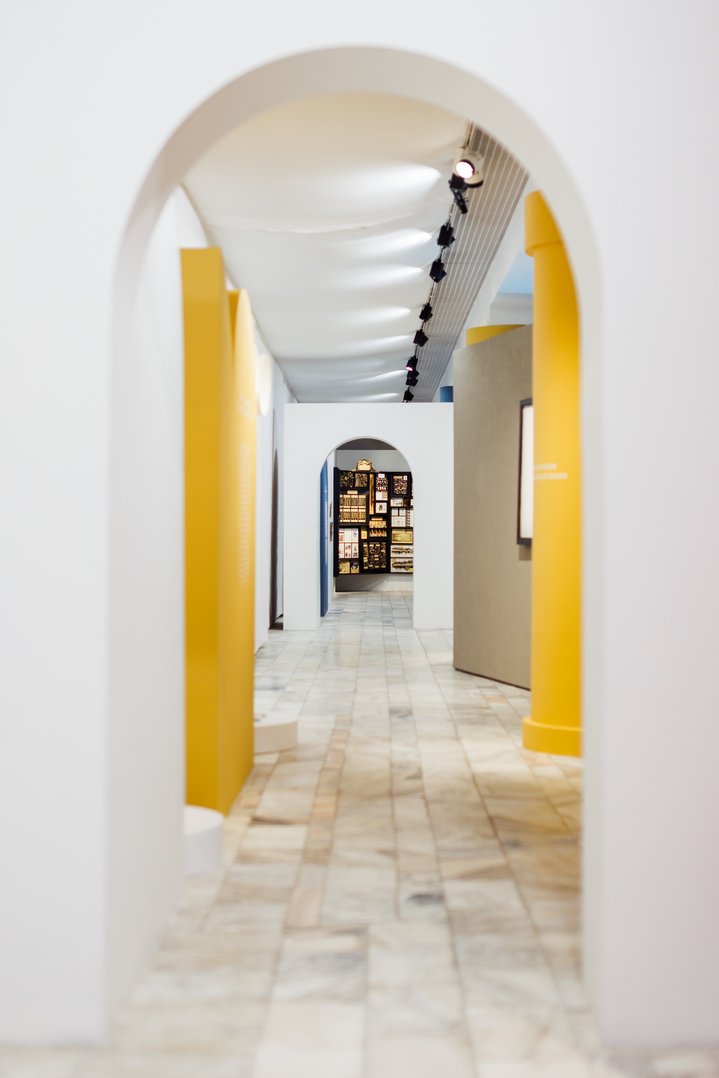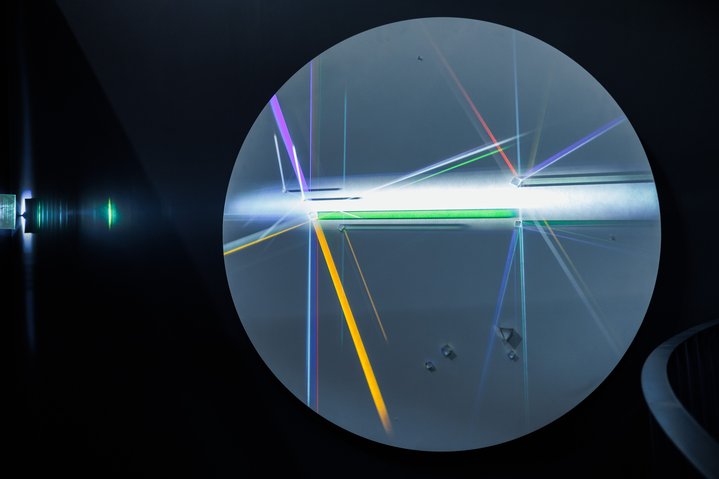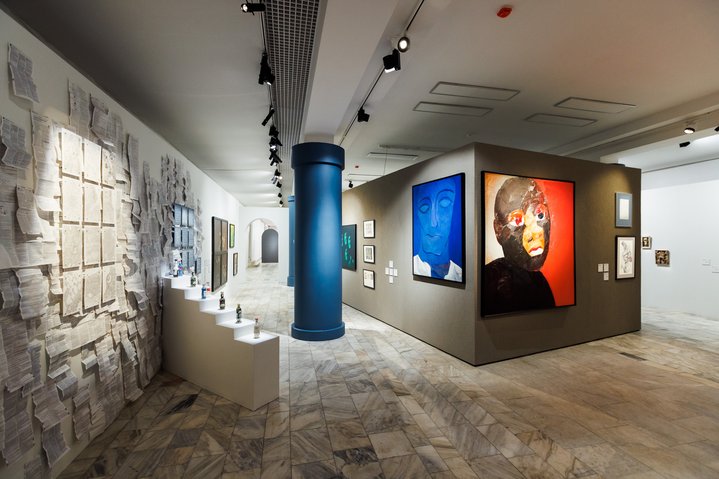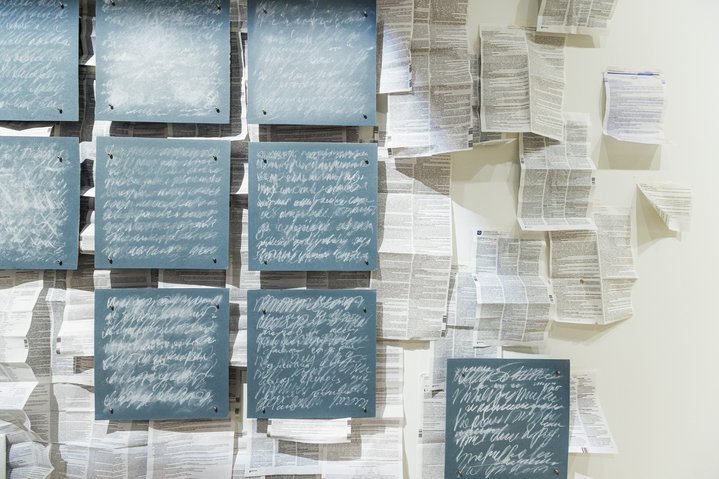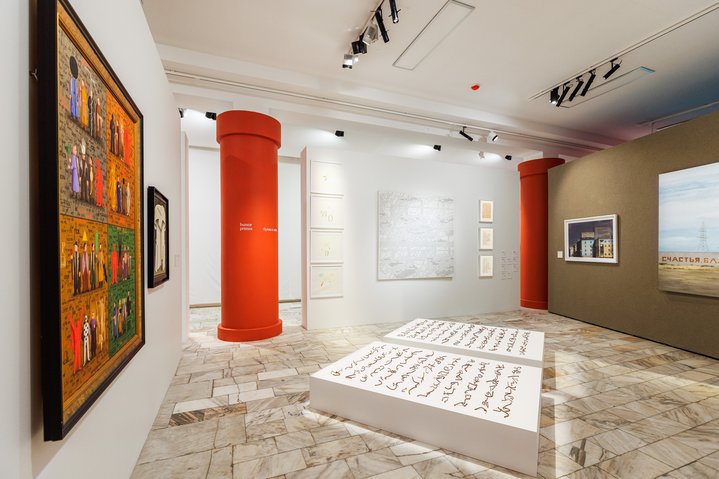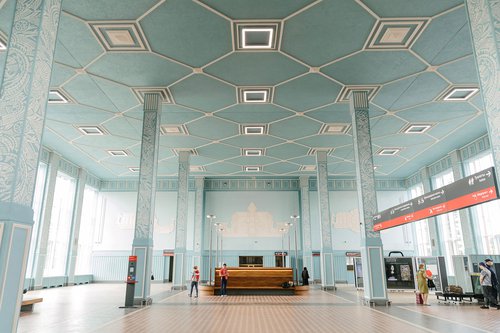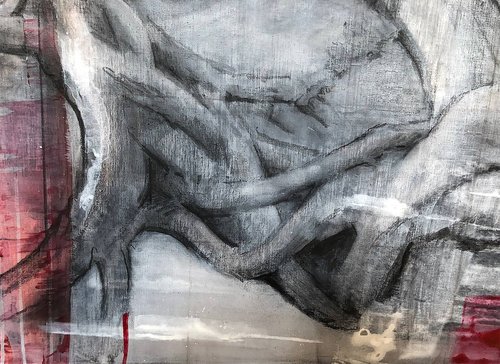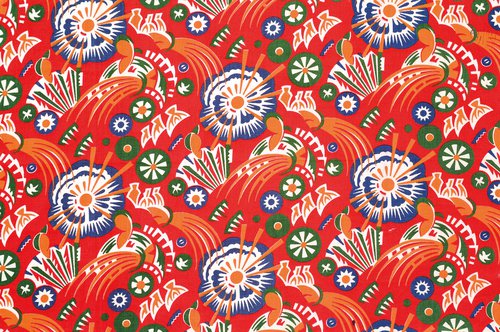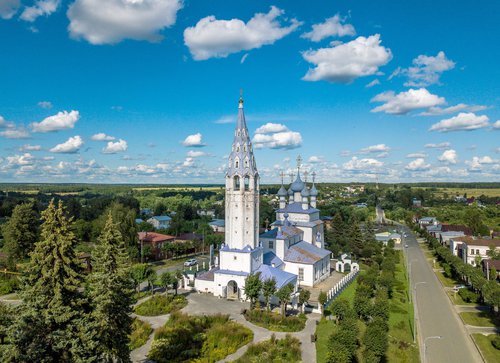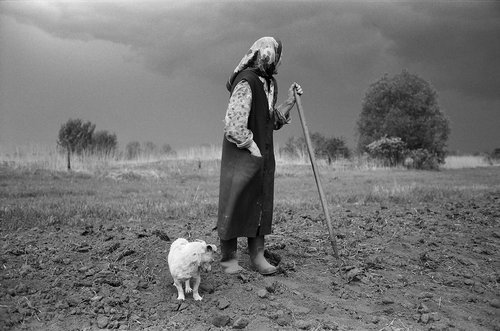Renaissance in Ivanovo
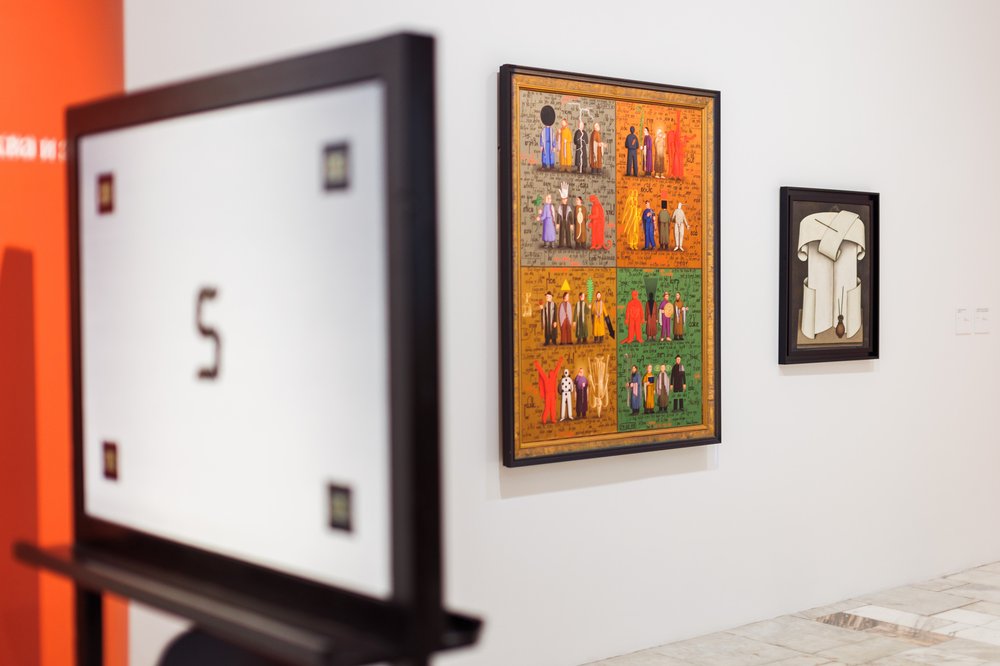
Sympathetic Interactions. Exhibition view. 1st Factory of Avant-Garde Festival. Ivanovo, 2023. Photo by Oleg Pavlov. Courtesy of AZ Museum
An art festival called the ‘First Factory of the Avant-Garde’ which is in its fifth iteration has just opened in Ivanovo, the textile capital of Russia, exploring the theme of the mystical in art.
‘The place they chose is so remote that you have to assume that initial settlement was forced’, so wrote Yakov Garelin in the 19th century about the origins of his native Ivanovo. As its first local historian and heir to the chintz manufactory and one of the main textile manufacturers in the village of Ivanovo (and later the town of Ivanovo-Voznesensk), he eventually became the town mayor.
Unlike its more famous neighbours of Yaroslavl and Kostroma, Ivanovo does not boast any ancient history and is not known for its picturesque or historic churches and monasteries, like Suzdal or even the nearby village of Parskoye. Behind its cultural growth lies the exploitation of tourism around its 19th century weaving industry, and Soviet architecture.
Two brands that Ivanovo has been nurturing are the ‘Russian Manchester’ and the ‘City of the Avant-Garde’. The first term was coined a quarter of a century ago by local cultural historian Mikhail Timofeev because in the 19th century Ivanovo became a centre for Russian textiles. The second is more tenuous and was conceived by the curatorial team behind the First Factory of the Avant-Garde festival, which this October is now into its fifth iteration. Curiously, the section on the festival's website explaining the concept behind the festival is illustrated with a photograph of the OGPU (the Soviet secret services, predecessors to NKVD and KGB) House built in 1933-34.
Ivanovo was important to the Bolsheviks because this is where the Soviet history literally began: it was in 1905 in Ivanovo that the first Soviet (Council) of Workers' Commissioners appeared, considered the prototype of all subsequent bodies of Soviet power. As a result, after the Revolution of 1917 the city became the centre of a new province and then of a vast industrial region, and as a consequence, one of the main construction sites in central Russia for new residential buildings before World War II.
But Ivanovo was always - and still is - a bit mute. Its rapid industrial growth had little impact on its artistic significance: there were no indigenous, home-spun art currents like the ‘Vladimir School of Painting’ in the sixties in the nearby city of Vladimir, nor was there a movement of underground artists of the eighties, as in Yaroslavl. And even now, in 2023, when asked who the contemporary artists in Ivanovo are, a local curator points his hand around a circle of five people and says: “here they all are”
In the space of one day in Ivanovo I visited six exhibitions, two openings, one performance and one site of art production. There is a modern ceramics workshop (with souvenirs), a gallery of erotic painting (with examples of sexploitation), and the Union of Artists (all converged at the opening of socialist realist painter Konstantin Frolov (1918–1997) at the Ivanovo Art Museum). While in other cities these points and events would be invisible, in Ivanovo they serve as both a context and a background for contemporary art, which still looks like something strange here, despite the best efforts of kulturtraegers.
The exhibition ‘Sympathetic Interactions’ which runs until the middle of January next year would rival any of Moscow's best museum shows. It was organized by the AZ Museum, named after non-conformist artist Anatoly Zverev (1951–1986). The source of inspiration for curator Alexander Dashevsky (b. 1980) were treatises by Dante Alighieri, Marsilio Ficino, Giambattista della Porta and other Renaissance thinkers. A well-known artist from St. Petersburg, Dashevsky is guest curator at the AZ Museum for the second time in the new exhibition season.
The exhibition presents a contemporary artist as magician and sorcerer. He creates ‘Thought Forms’ like St. Petersburg necro-realist Vladimir Kustov (b. 1959), who made nocturnal lead castings on the grave of his comrade in style, Yevgeny Yufit (1961–2016). He conducts ‘Laboratory Works #2’ in an alchemical laboratory, like Sergei Denikin (b. 1963). He grows ‘Kawargian Substance’, an otherworldly white, plastic tree which sprouts through the carpet on the ground floor of the Ivanovo Museum and Exhibition Centre, like Dmitry Kawarga (b. 1972). He is assembling a ‘Scientific and Educational Collection’ of stones of stupidity, the tear secret of mermaids, samples of coronavirus variability in Olympic gods among other oddities, as Valery Grikovsky (b. 1975). In this show curator Alexander Dashevsky creates a new genre of alchemical installation, in which the artist is preoccupied with the eternal search for philosopher's stones but treats his own search with some humour.
Works created in recent years are shown together with works by non-conformist artists on mystical themes, such as ‘The Prophet’ (1967) by Vladimir Yankilevsky (1938-2018), ‘Hierature’ (1970) by Mikhail Shvartsman (1926–1997) or ‘Satan's Angels’ (1975) by Leonid Lamm (1928-2017) all from the collection of Natalia Opaleva. The watershed between angelic painting and alchemical installation is not marked in any way, rather all Russian art of the last half a century is presented as mystically preoccupied, which gives a new key to its reading. And the artists of the new wave of the eighties, such as Sergei Shutov (b. 1955) or Vlad Mamyshev-Monroe (1969-2013), appear here, through irony, as figures of transition.
A distinctive feature of Dashevsky's curatorial style is that he places a particular emphasis on artists from St Petersburg and it is a pity that there were no artists from Ivanovo at the exhibition. Although individual dissidents have never set the tone in this city, Yevgeny Kuvaev (1956-2015) could well have taken a place among the seekers of paradise and revelation.
Exhibitions in remote places are a new trend in Russian artistic life. And there is nothing mystical about it. Today, you can get away with saying much more outside Moscow and St. Petersburg because of the new censorship conditions in the capitals. So now, love for the provinces has become a matter of necessity.
This year's festival is dedicated to Sergei Solovyov (Ivanovo, 1971 – Moscow, 2022), art critic, historian of Renaissance art, and one of the leading figures of the AZ Museum and the First Factory of the Avant-Garde festival.
1st Factory of Avant-Garde Festival
1st Factory of Avant-Garde Festival
Ivanovo, Russia
October 2023 – January 2024
Sympathetic Interactions
Ivanovo, Russia
5 October, 2023 – 15 January, 2024






